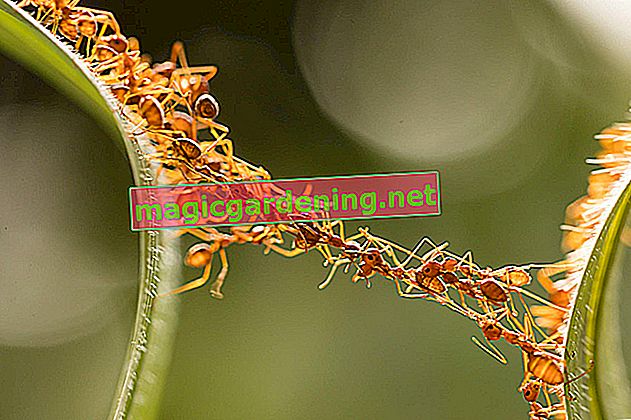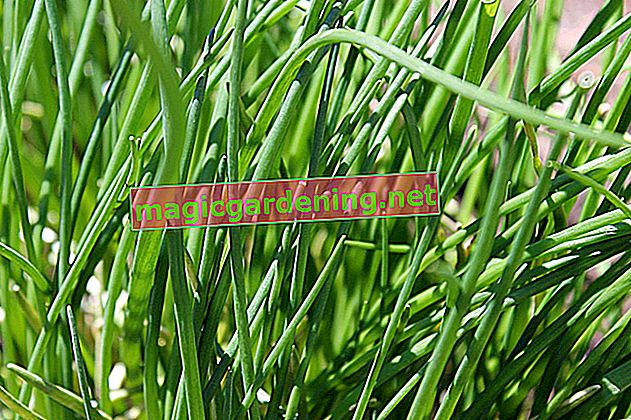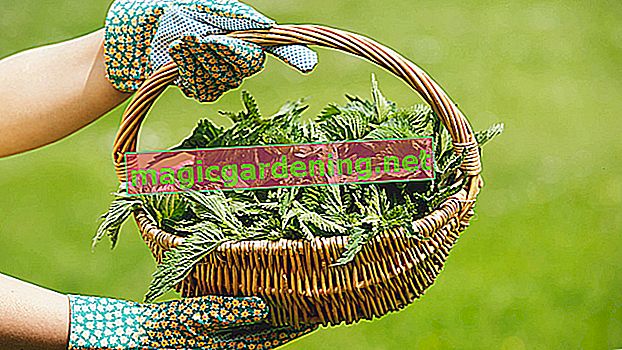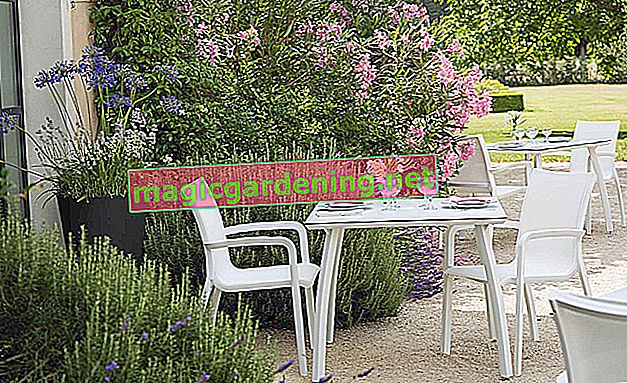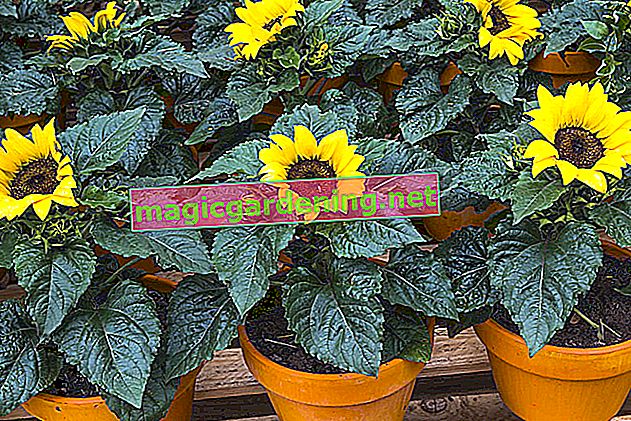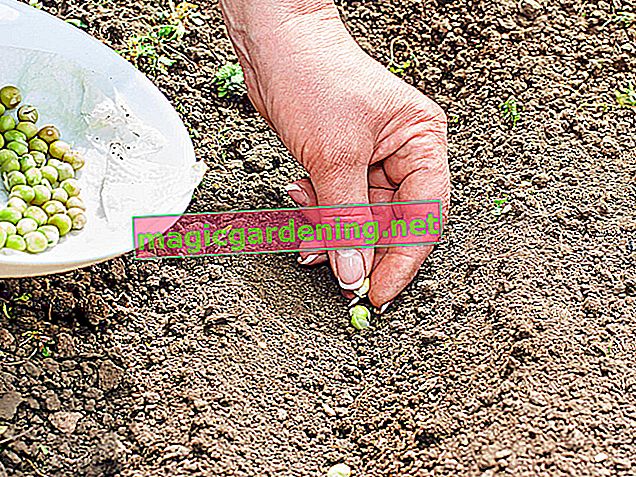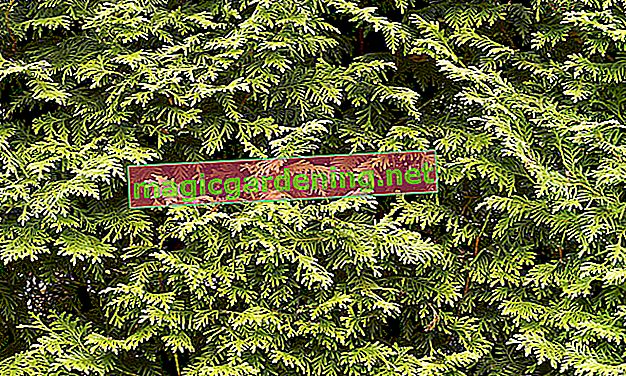
Glandular balsam / Indian balsam: The neophyte from India
The meanwhile best-known representative of spring herbs is the glandular spring herb. It stands out among the approximately 1,000 species in the balsamic family. But why? It is less popular in this country, but is much more considered a weed that should be fought.
also read
- The balsam: extremely poisonous?
- The balsam: all facts in a profile
- Springkraut bekämpfen: Manuell und chemisch
Das Drüsige Springkraut ist so wie auch alle anderen Arten im frischen Zustand giftig. Die Ausnahme bilden die essbaren Samen. Doch kaum jemand lässt es zu, dass sich diese ausbilden, denn: Sie tragen zur Verbreitung dieser Pflanze bei und das ist vielerorts unerwünscht.
Seine Merkmale:
- bis zu 2 m hoch
- flaches, kleines Wurzelwerk
- liebt Standorte an Uferzonen
- rosafarbene Blüten
- hohle, am Ende stark verzweigte Stängel
- Blütezeit zwischen Juli und Oktober
- schwarzbraune Samen
- eilanzettliche Blätter
- einjährig
Großes Springkraut: Bis zu 3 cm große Blüten
The balsam (Impatiens noli-tangere) originally comes from Eurasia and is also known as 'don't touch me'. It grows up to 90 cm high, has flowers up to 3 cm in size and blooms between June and September. Its flowers are yellow and have red-orange spots inside.
Small balsam: inconspicuous
In contrast to the great balsam, this species reaches a maximum height of 50 cm. Its flowers reach a maximum length of 1 cm. They are yellow-white and show up between the beginning of July and the end of August. Overall, this species, which is often reddish on the stem, looks extremely inconspicuous. It comes from Asia and is also widespread in Europe today.
Hard-working Lieschen: evergreen ornamental plant
Here are the facts:
- popular balcony and bedding plant
- Origin: Africa
- evergreen
- up to 30 cm high
- are different from other spring herbs
- Flower colors: white, orange, red, pink, purple or multicolored
- Flowering period: May to October
- also semi-double varieties with semi-double flowers
Tips
Also exciting for balsam fans are the balsam balsam from China, the orange-red balsam and the Balfours balsam from the Himalayas.

